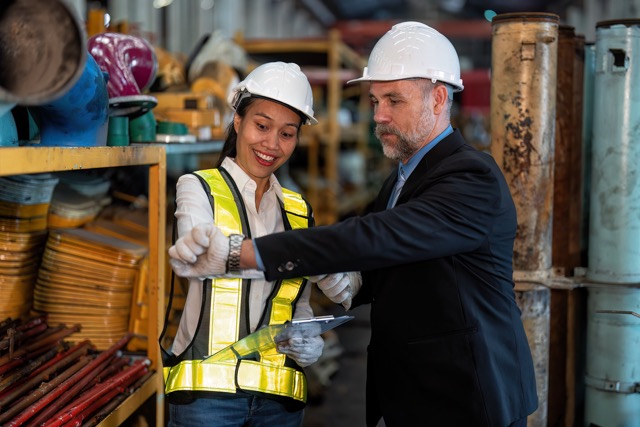In an age of relentless globalization and rapidly evolving consumer markets, sourcing products from overseas manufacturers has become an integral strategy for businesses seeking to optimize costs, scale efficiently, and access specialized skills. However, the pursuit of a reliable manufacturer abroad can be complex and fraught with risks, such as quality inconsistencies, delayed shipments, and communication breakdowns. Achieving successful and sustainable international manufacturing relationships requires meticulous preparation, comprehensive research, and systematic evaluation. As a sourcing specialist with years of experience navigating global supply networks, I will walk you through a robust, step-by-step process to help you identify, evaluate, and engage with reliable overseas manufacturers.
Step 1: Define and Document Your Product Requirements in Detail
Before interacting with any manufacturer, it is crucial to establish comprehensive product documentation. Create detailed specifications that encompass material types, dimensions, tolerances, colors, finishes, packaging, and any required certifications (such as ISO, CE, or FDA). Include precise technical drawings if possible. The clearer your requirements, the easier it becomes to communicate your needs and expectations, minimizing misunderstandings later. Decide in advance what constitutes ‘acceptable quality’ and establish clear quality criteria, including samples of approved reference products where feasible.
Step 2: Utilize Diverse Research Channels to Identify Potential Manufacturers
Successful supplier sourcing relies on leveraging multiple avenues. B2B platforms like Alibaba, Global Sources, and Made-in-China offer immense supplier databases. Filter results based on supplier verification, transaction history, and positive customer reviews. Additionally, participate in industry-specific trade fairs and exhibitions, both virtually and in person—these events are invaluable for firsthand inspections and establishing rapport. Don’t underestimate the power of industry networks, referrals from peers, and local sourcing agents who may offer unique market insights or connections.
Step 3: Scrutinize Manufacturer Credentials and Backgrounds
Once you have a shortlist, conduct a thorough evaluation of each manufacturer’s legitimacy and capacity. Request official documents such as business licenses, regulatory certifications, export permits, and ISO/quality management certifications. Verify these documents independently when possible, and assess their record of regulatory compliance. Ask for case studies or client references—ideally from businesses in your target market or with similar products. Contact these references to discuss their experience regarding quality consistency, delivery timelines, and responsiveness to problems.
Step 4: Demand, Test, and Review Samples
Never commit to mass production without a rigorous sample assessment phase. Order pre-production samples and evaluate them against your documented specifications. Scrutinize not just product appearance but also build quality, raw materials, performance, durability, and safety (if applicable). It is beneficial to use independent third-party labs for compliance tests and quality assurance, particularly for regulated products. This process may involve several sample iterations before you greenlight production.
Step 5: Negotiate Robust Terms and Conduct On-Site Due Diligence
When a manufacturer passes the sampling stage, proceed to negotiate detailed terms. Discuss and document payment terms (for example, deposits vs. balances, use of letters of credit, etc.), incoterms (such as FOB, CIF), minimum order quantities, lead times, intellectual property protection, warranty provisions, and after-sales support. Insist on production and quality control checkpoints throughout the manufacturing process.
If possible, visit the manufacturer’s facilities yourself or hire a trusted third-party auditing service. Qualified auditors can assess production capacity, quality control systems, warehouse practices, labor conditions, environmental compliance, and business stability. Facility audits provide transparency and can uncover red flags invisible from afar.
Conclusion:
Finding a reliable overseas manufacturer is a strategic process that blends detailed planning, in-depth research, and structured verification. It demands ongoing diligence and clear, consistent communication. By following these expert best practices—detailing requirements, thoroughly researching and verifying suppliers, rigorously testing samples, and negotiating strong contracts—you will mitigate risks, secure high-quality products, and build partnerships that contribute to your business’s long-term competitiveness in today’s globalized market.





